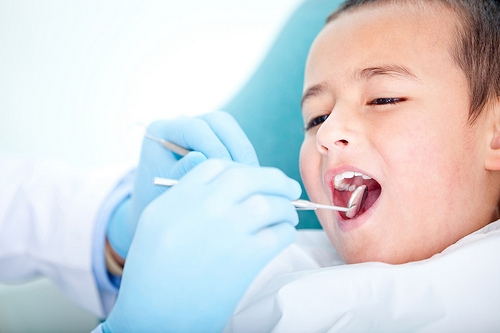Happy Fall!
September 13th, 2021

Happy September! This month we would like to highlight our 20th-year celebration here in the Farmington Valley. This past weekend, we participated in Septemberfest, run by the Simsbury Performing Arts Council. It was a huge hit and a lot of fun. Thank you for all that stopped by and participated in our awesome giveaways.
We are excited to celebrate National Coffee Day this month, on September 29th. In the office we like to enjoy a few drinks, Jill goes for a Butter Pecan flavor, Pat reaches for the old-school hot coffee, cream, and sugar, and Kelly likes hers with almond milk and hazelnut swirl. When you really need an afternoon boost you can rely on caffeine. Fun fact, caffeine can help with the occasional migraine and headaches.
Now that school is back in session, we do have a few office-related updates. Our early morning and late afternoon appointments fill up fast! We can't accommodate everyone's requests for those time slots, so we ask for your understanding! We try to reserve the late-day slots for our teens and tweens who find it harder to miss school. Dental appointments are considered excused absences and we will be happy to provide a school note. Please be mindful of your child's school schedule when booking, especially if you come in March and then need to book that 6 months return visit in September.
We know that with flu season just right around the corner, and with the continuation of COVID-19, some of our patients may be nervous to schedule an in-person visit. Here at Simsbury Pediatric & Adolescent Dentistry, your child can expect a warm and friendly welcome every time they come in. Our COVID-19 protocols are posted on our website and we have created a short video under "Office Tour" where you and your child can see exactly what to expect when you are here. We ask that only 1 parent accompany their child and no extra siblings unless they also have an appointment at that time. We continue to employ strict cleaning and sanitation protocols. We clean our check-in tablets after every single use and provide hand sanitizer at the door for everyone entering. Flu shots are available at local pharmacies too.
Now for the fun part! We have a few employees we want to shout out this month. Kelly and Susan have been rocking the front desk! They make a fabulous team, supporting each other and looking out for the clinical staff. They handle rescheduling requests, New Patient calls, and keep our schedule full! Shari, our Marketing Director is celebrating her 2nd anniversary this month. She not only handles all the marketing for the office but also provides support for the front desk each day. Melissa, one of our dental assistants, is celebrating her birthday in September.
We really appreciate how committed our patients and families are in responding to the ever-changing COVID-19 situation. We feel fortunate to live in an area with people who take this situation very seriously and work hard to keep the numbers in our state low. We hope to see you soon and thank you for being the best part of Simsbury Pediatric & Adolescent Dentistry.







